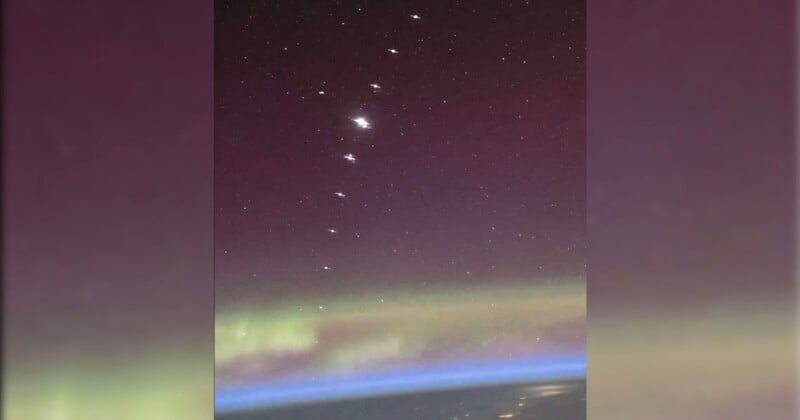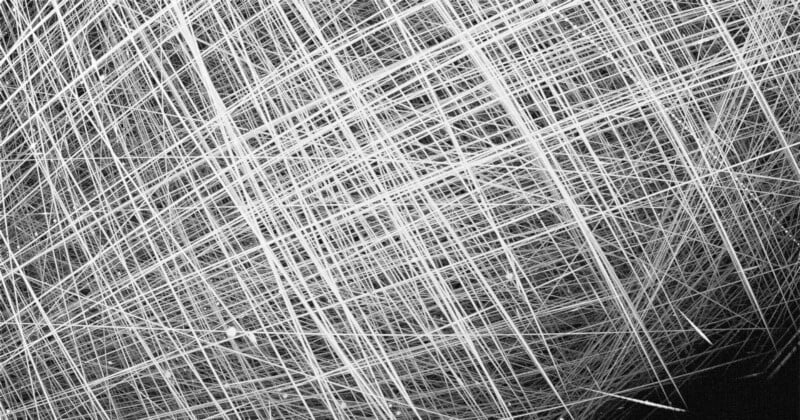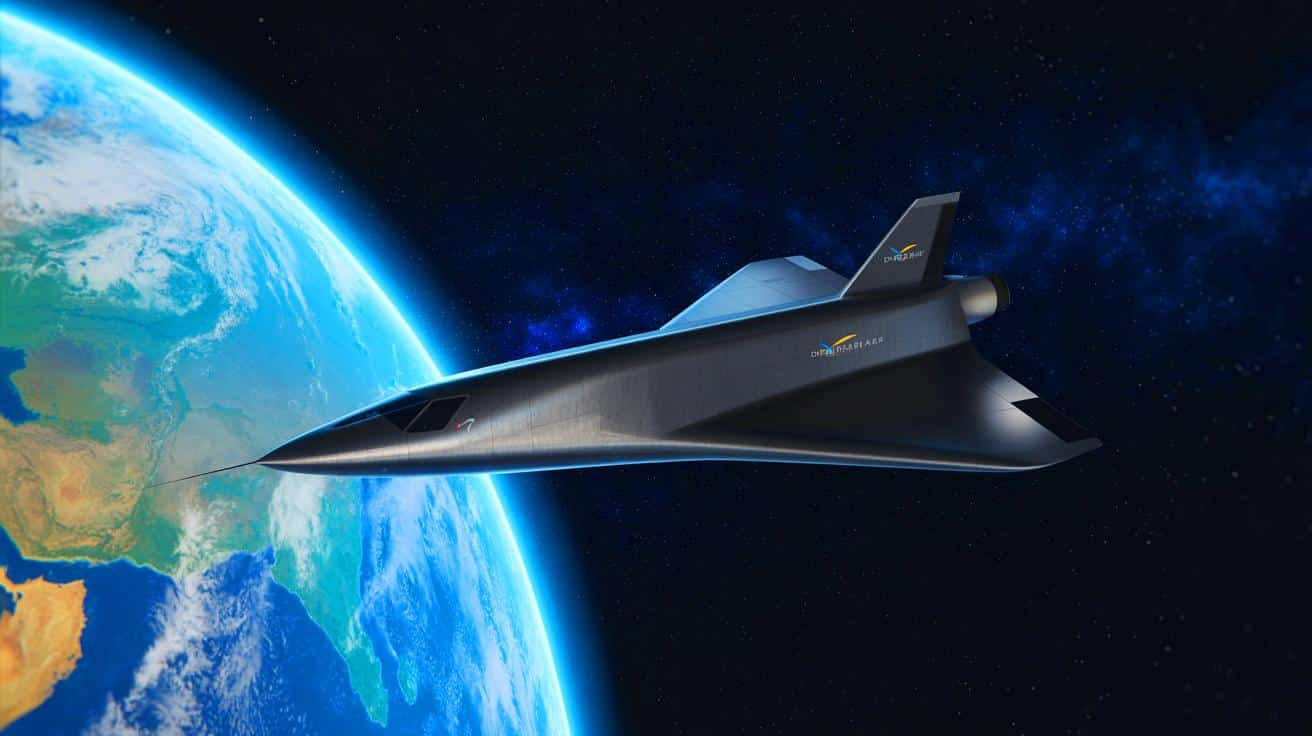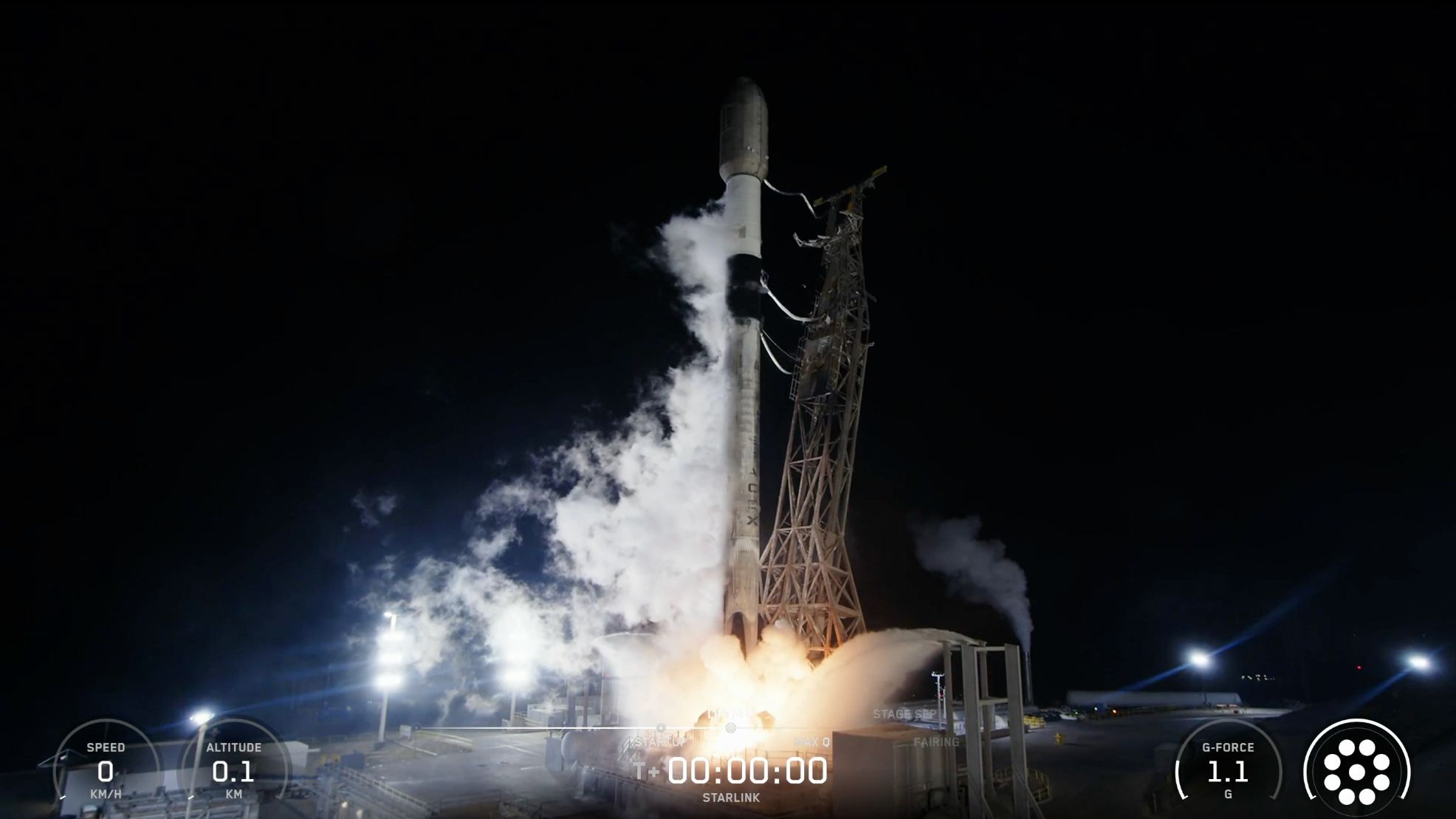
Astronaut Don Pettit splashed back down to Earth in April, and he is still “throttling down” from his six-month voyage on board the International Space Station — and that includes sifting through the troves of videos and photos he captured while in orbit.
He recently shared a video on his social media pages of his “best sighting of a Starlink satellite ‘train’ from orbit.” The footage shows at least a dozen satellites running line astern above the Earth, which is crowned with dancing aurora lights. Pettit’s footage captures the satellites clearly with their extended solar panels visible. A few of them sparkle as sunlight glints off the metal.
My best sighting of a Starlink satellite “train” from orbit! pic.twitter.com/WratClL8NJ
— Don Pettit (@astro_Pettit) October 7, 2025
Starlink satellites orbit at roughly 342 miles above Earth, while the ISS, where Pettit was filming, circles about 80 miles lower at 250 miles. From the video’s perspective it’s hard to gauge, but the satellites are most likely passing well above the ISS — though they may still have been climbing to their final altitude.
In fact, not long after Starlink trains have been launched is the best time to catch the satellites. Photographer Josh Dury did this last year and captured a composite of long exposures showing the cluster sailing through the night sky.
Dury’s project was also about raising awareness of the impact that satellites are having on astronomy. Although Starlink has taken steps to dim the satellites by equipping them with visors, the sunlight they reflect is still an issue for astronomers and astrophotographers who complain of bright streaks appearing in their images of space.

This summer, researchers at the North Pole created a composite image from 14 different cameras showing every single satellite streak in the night sky on just a single night. Scientists worry that satellites impede humanity’s view of the Universe.
Image credits: NASA/Don Pettit


